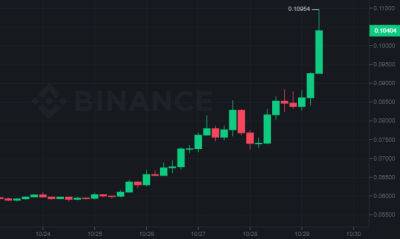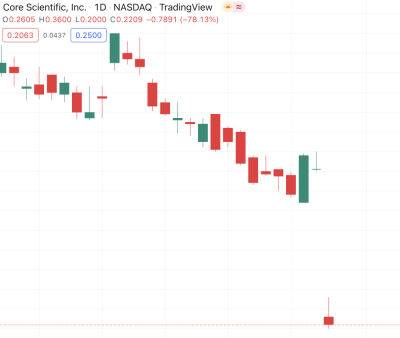Sub-$20K Bitcoin price puts BTC miner profits under pressure as hash rate soars
October witnessed a surge in Bitcoin’s (BTC) hash rate which is pushing the metric to a new high of 245 Exahashes per second. These changes led to a sharp decrease in the hash price, resulting in a drop in the profit margins for BTC miners reaching a low of $66.8 USD/PH (per one quadrillion hashes per second) on Oct. 24, 2022.
According to Luxor Technologies, “hashprice” is the revenue BTC miners earn per unit of hash rate, which is the total computational power deployed by miners processing transactions on a proof-of-work network.
Not only has volume been inconsistent, the Bitcoin hash rate increased last week to an average of 269 EH/s. This means the difficult hash rate has been rising since July 2022.
Several factors, including expansion of mining operations, which creates miner competitiveness, increased use of ASIC miners which are more efficient than their alternatives and the Ethereum Merge led to some Ethereum (ETH) mining firms to fill empty rack space from non-operating ETH GPU mining with BTC specific ASIC miners.
Consequently, the surge in the hash rate resulted in an adjustment of the Bitcoin difficulty at a time when BTC’s price was dropping. As expected, after the spike of the hash rate and the increase in the Bitcoin difficulty, the hash price plummeted to $0.0657 tera hash per day, thereby reducing the level of profit.
A contributing factor to the depressed profit level is the general rise in BTC mining costs. For example, there has been a sharp increase in the price of electricity in the U.S. From July 2021 to July 2022 alone, its price increased by 25%, from $75.20 to $94.30 per megawatt hour. Energy prices also tend to increase in winter as people need to heat their homes. The Bitcoin mining industry is
Read more on cointelegraph.com




















